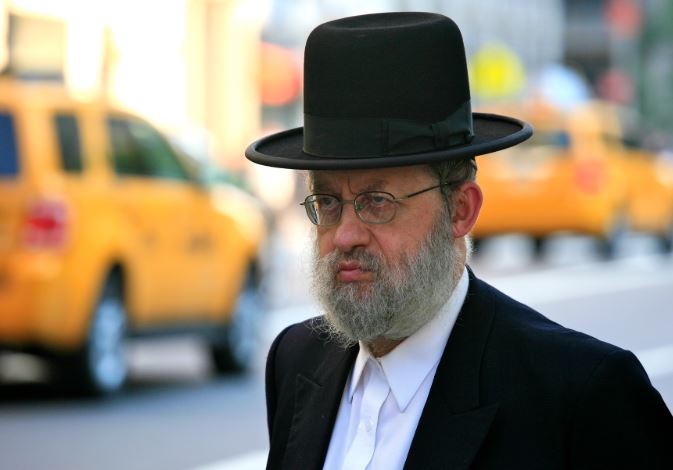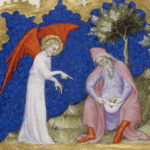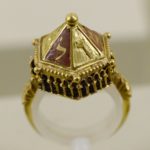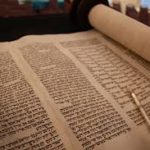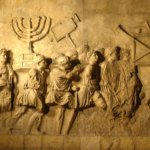Despite claims that may say otherwise, Judaism has more or less been monolithic in its tenets and is a closed system based on the divine revelation that occurred fifty days after the Exodus of the Jewish people from ancient Egypt.
The Sadducees, who appeared around 1400 years after the Sinaic Revelation, were a very small group of dissidents who were opposed to their nontraditional readings of the Five Books of Moses which resulted in their insisting on different halakhic practices. The normative rabbinical sages instituted certain practices to uproot the Sadducee ideas and the vast majority of people basically disregarded their ideas. The Sadducees were generally of the more powerful, wealthy class and centered in Jerusalem. It is not certain if they even existed for more than one hundred years if that.
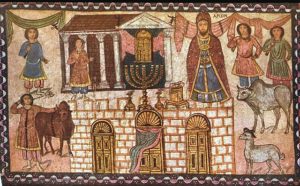 After the destruction of Herod’s Temple and the subsequent Roman exile of the Jewish people, there was one basic Jewish ideology based on the teachings of such Tannaic sages as Hillel until Rabbi ‘Aqiva, but not so finalized until about 200 years later in Babylon by the sealers of the Talmud, Ravina and Rav Ashi. The three main schools of halakhic behavior that arose were finalized in the three groups of Yemenites and Ashkenazim, and later Sefaradim.
After the destruction of Herod’s Temple and the subsequent Roman exile of the Jewish people, there was one basic Jewish ideology based on the teachings of such Tannaic sages as Hillel until Rabbi ‘Aqiva, but not so finalized until about 200 years later in Babylon by the sealers of the Talmud, Ravina and Rav Ashi. The three main schools of halakhic behavior that arose were finalized in the three groups of Yemenites and Ashkenazim, and later Sefaradim.
Yemenites and Ashkenazim closely followed what their fathers did, while Sefaradim followed what the Beith Yosef ruled by weighing out majority decisions of the Rif (Fez, Morocco), Rambam (mostly Spain and Egypt) and Rosh (a German who fled to Spain). These three groups, though, do not oppose each other, rather they respect and honor each other’s halakhic rulings for their respective communities and today they all encompass the very broad community of worldwide orthodoxy.
Many think that the dissident movements in Judaism of about 250 years ago in Western Europe were German Jews who’d sought to protect their social positions in German society by attempting to appear more German than Jewish so that Germans would not have a reason to hate them.
The Roots of Dissident Jewish Ideologies
Actually, the roots of dissident Jewish ideologies are much darker as evidenced in the historical writing of Graetz, Scholem & Wein. Jewish historian Rabbi Berel Wein says that these “reformers” of Judaism were disciples of Polish Jew, Jacob Frank who was an indirect disciple of manic Turkish Jew, Shabthai Tzevi who had claimed that he was the messiah. Much of the Jewish people actually began to follow Shabthai Tzevi until the Sultan of Turkey forced him, upon pain of death, to convert to Islam. Diehard followers waited for him even after his death to return, but when this failed, they decided to take matters into their own hands and continue Shabthai Tzevi’s reformation to bring redemption to mankind partially by destroying the then-current world religions of Judaism, Christianity, and Islam.
Shabthai Tzevi’s followers in the Eastern countries became to be known as Sabateans, while in the Western and Eastern European countries they were known by his indirect disciple’s name, Frankists. The Sabateans who still exist in Turkey are ethnically Jewish, but religiously a mix of Islam and some Jewish customs as well as extreme and forbidden practices such as, believe it or not, Purim orgies (unfortunately, you can google this under their Turkish name of “Donmeh”). The Frankists branch also attempts to blur the lines between Judaism and its dominant religion in European countries, Christianity. That’s why Jacob Frank publically converted to Christianity, but then reverted to his version of “Judaism.”
Sabateism took hold amongst the Jewish people because of the deep poverty and physical discrimination and harassment of the Jewish people in exile. Not that Jews actually believed in this idolatry, rather they were initially seduced into believing that Tzevi really was the messiah.
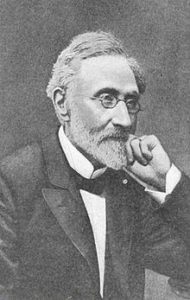 The Jewish historian Heinrich Graetz also writes of the prevalence of the Franks & Sabatians in Jewish society in both the East and West. Researcher Rabbi Martin Antleman went more deeply into Frankism to see just how deep the rabbit hole goes and discovered eerie connections between Enlightenment (Haskala)-pusher Moses Mendelsohn, reform Judaism founder Abraham Geiger, and conservative Judaism founder Solomon Schecter. It seems that their religious agenda was to disguise Sabateism/Frankism so that masses of Jews would swallow it whole and it seems that they were quite successful as seen by the massive hemorrhaging of assimilation of adherents of Mendelsohn, Geiger and Schecter’s movements today known as secularism, reform Judaism and conservative Judaism.
The Jewish historian Heinrich Graetz also writes of the prevalence of the Franks & Sabatians in Jewish society in both the East and West. Researcher Rabbi Martin Antleman went more deeply into Frankism to see just how deep the rabbit hole goes and discovered eerie connections between Enlightenment (Haskala)-pusher Moses Mendelsohn, reform Judaism founder Abraham Geiger, and conservative Judaism founder Solomon Schecter. It seems that their religious agenda was to disguise Sabateism/Frankism so that masses of Jews would swallow it whole and it seems that they were quite successful as seen by the massive hemorrhaging of assimilation of adherents of Mendelsohn, Geiger and Schecter’s movements today known as secularism, reform Judaism and conservative Judaism.
Modern Judaism is so divided, then, because the goals of the dissident movements of Jewish secularism, reform Judaism and conservation Judaism is not to continue to apply the 13 principles of Rabbi Yshma’el’s rules for understanding the Five Books of Moses, including the practice of those understandings. Rather, these dissident movements begin with conclusions of what they think is the best and most comfortable way to live and believe and then they attempt to bend rationales to support their desires and loosely connect this to Biblical texts. This is similar to screwing an arrow into a particular place that one desires and then painting a bull’s eye around it instead of trying to shoot the arrow into the bull’s eye.
Historical Judaism, known today as orthodox Judaism, attempts to use the 13 principles of Rabbi Yshma’el as applied in the Talmud and to implement their conclusions, no matter how uncomfortable this may be because historical Judaism holds that these 13 principles of understanding were given to the Jewish people at Mt Sinai by G-d. If they weren’t given by G-d, then there is absolutely no reason to follow them.

